regime
Usage
>> regime <index> [ boundary | binsize | samplingperiod ]
Security
Unsafe.
Description
Returns information about the specified <index> regime. The first regime has an <index> of 1. <index> should be lower or equal to the number or regimes reported by the regimes command at the time of issuing the command. If direction (regimes command) is set to descending, the first regime corresponds to the regime the closest to the surface. If direction is set to ascending, the first regime is the closest to the seabed. Depending on how is set reference (regimes command), the logger use the absolute pressure or the sea pressure to determine the current regime and the current bin.
The following parameters give the basic information available for all regimes.
boundary [= <firstboundaryvalue>] specifies the transition from one regime to the next, and is interpreted as the first boundary in a region. The units are in dbar. The minimum precision is 1 dbar, and the value should be between 0 dbar and 65535 dbar. verify and enable commands will check that the regimes boundaries are strictly increasing if direction is descending and strictly decreasing if direction is ascending, reporting an error E0416 for invalid regime settings if those constraints are violated.
binsize [= <binvalue>] specifies the size (in dbar) used for each averaged bin. This is typically set by the user to be a denominator of the total regime size, but if the last bin in the regime is smaller than the rest, the measurement is stored early and the next regime commences. The minimum precision is 0.1dbar, and the value should be between 0.1 dbar and 6553.5 dbar. If the binsize is set to 0.0, the logger will not average the data per bin during the regime and will just record/stream every measurement.
samplingperiod [= <period>] has the same meaning as the period value in the sampling command, but applies only to this particular regime. The maximum period is 65000 milliseconds.
If the sampling rate is different between two regimes, the logger can take up to 2 seconds to switch between those two regimes. During this time, no samples will be acquired.
When the vehicle is not in a defined regime, the logger will sample internally at the same rate as the first regime in order to check when it has entered this regime. Measurements acquired during this period will not be stored or streamed.
The average for each bin is stored as soon as the vehicle enters the next bin in the direction set by the regimes command. In the following figure the regime 2 bin 1 is stored as soon as the vehicle enters the the regime 2 bin 2. When the vehicle goes back into the defined regime 2 bin 1 range, the measurements acquired are then discarded but all the measurements acquired in the regime 2 bin 2 range are taken into consideration as long as the vehicle has not entered yet the regime 2 bin 3.
The bin average is calculated without any kind of interpolation. In the case of a binsize set to 0.0, there is no averaging whatsoever.

Examples
>> regime 1
<< regime 1 boundary = 2000, binsize = 100.0, samplingperiod = 1000Assuming the instrument is ascending, this indicates that the regime should commence as the sensor passes upwards through 2000dbar, and that bins inside the regime should be 100dbar in size. For each bin, an average of all samples will be made, with the sampling period of the instrument set to 1000ms. This regime will continue until another comes into force.
>> regime 3 boundary = 1000, binsize = 5.1, samplingperiod = 500This sets the third regime to commence at 1000dbar, with a bin size of 5.1dbar and a sampling rate of 2Hz (500ms). As there are no other regimes defined, this one has no second boundary, so the instrument would continue measuring indefinitely and will only stop when the endtime is reached, or the stop command is issued.
>> regime 3
<< regime 3 boundary = 20, binsize = 0.0, samplingperiod = 167Assuming the instrument is ascending, this indicates that the regime should commence as the sensor passes upwards through 20 dbar, and that during this regime, every measurements will be recorded (sampled at 6Hz). As there are no other regimes defined, this one has no second boundary, so the instrument would continue measuring indefinitely and will only stop when the endtime is reached, or the stop command is issued.
Errors
Error E0105 command prohibited while logging
Settings may not be modified while logging is in progress; reading them is permitted.
Error E0107 expected argument missing
An argument expected by the logger was not given with the command; for example, there must always be an <index> argument.
Error E0108 invalid argument to command: '<invalid-argument>'
The command was given with an argument which is unrecognized or has an invalid value; for example "regime 1 boundary = -45", or "regime 5".
Error E0109 feature not available
An attempt was made to use a feature which the logger is not configured to support.
